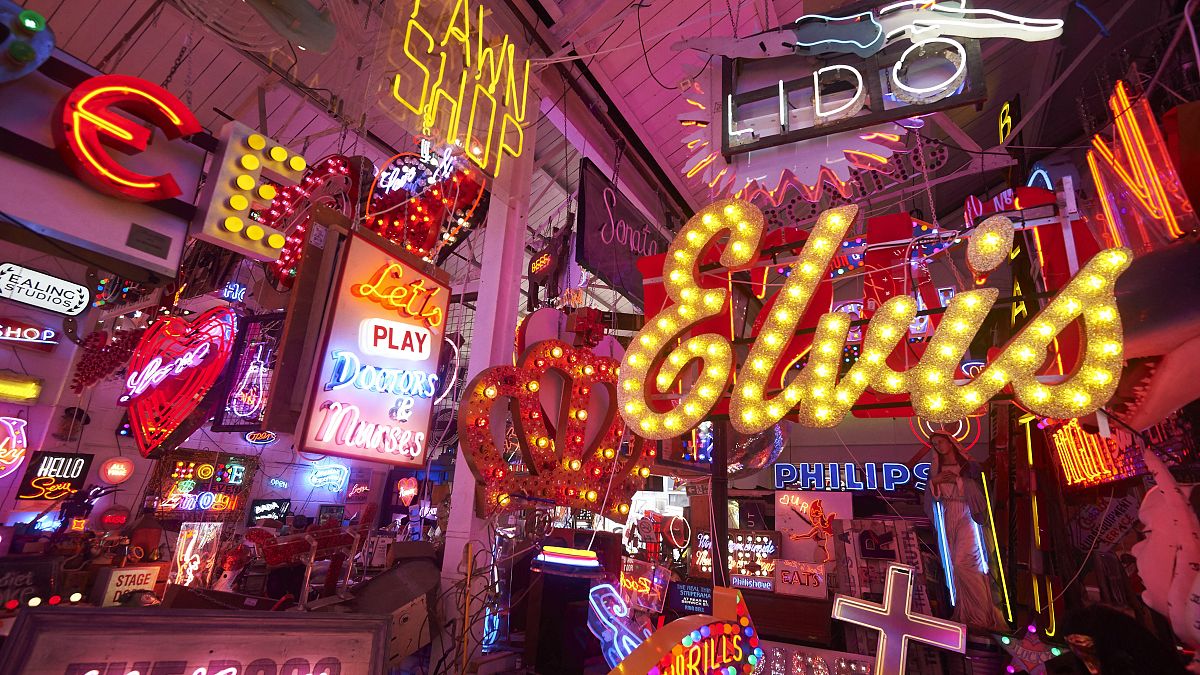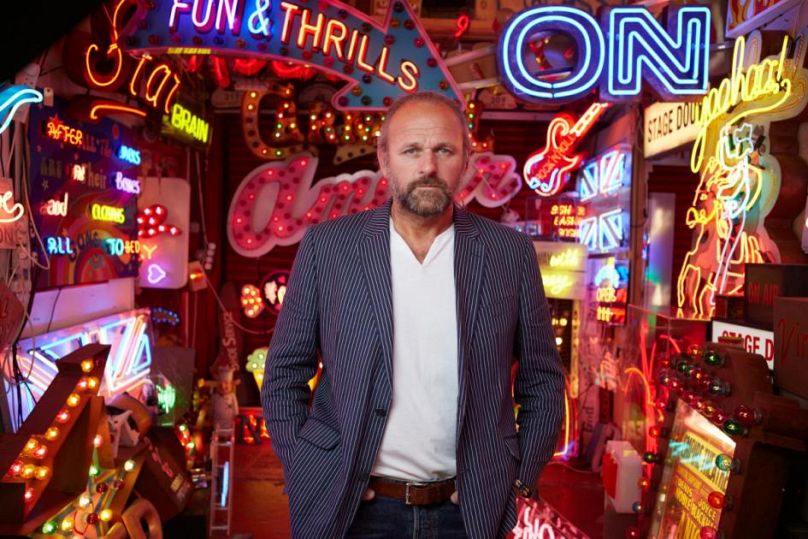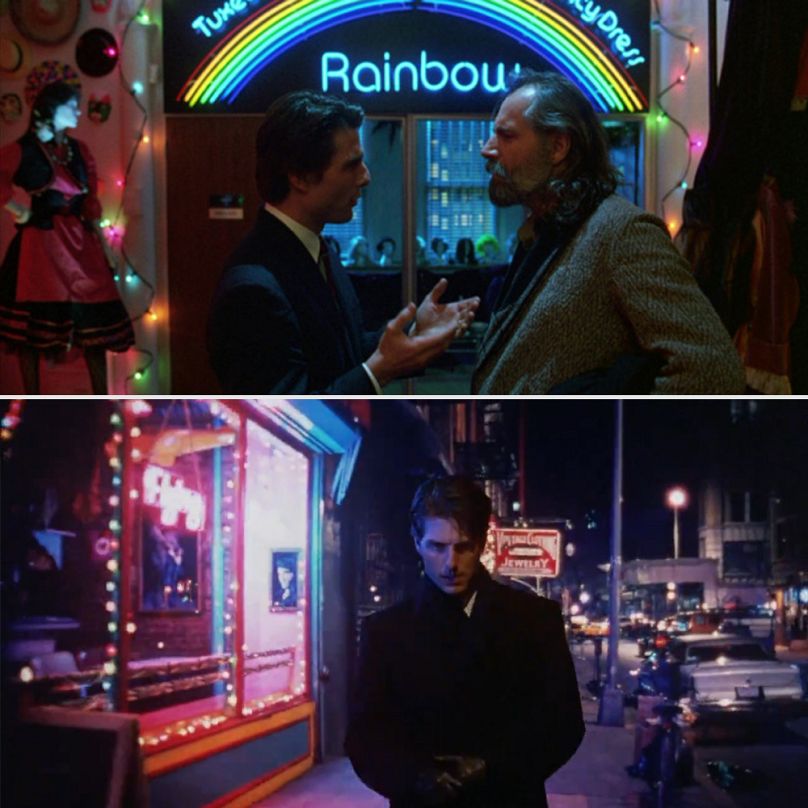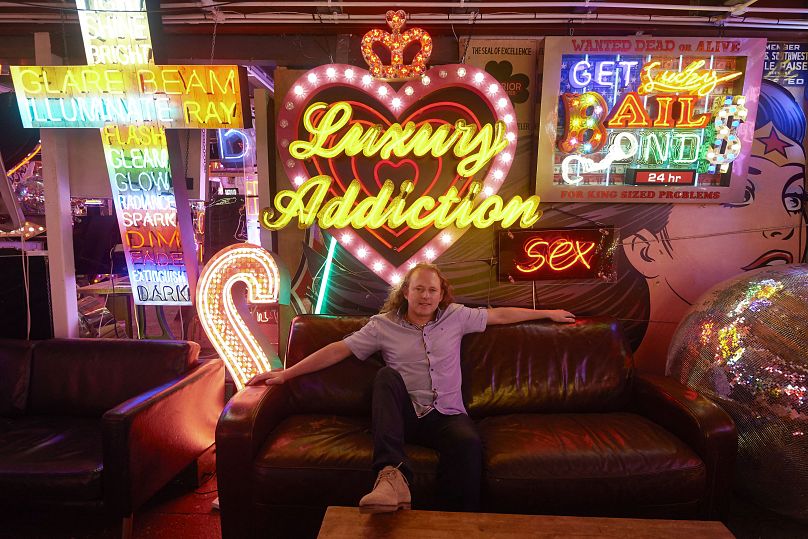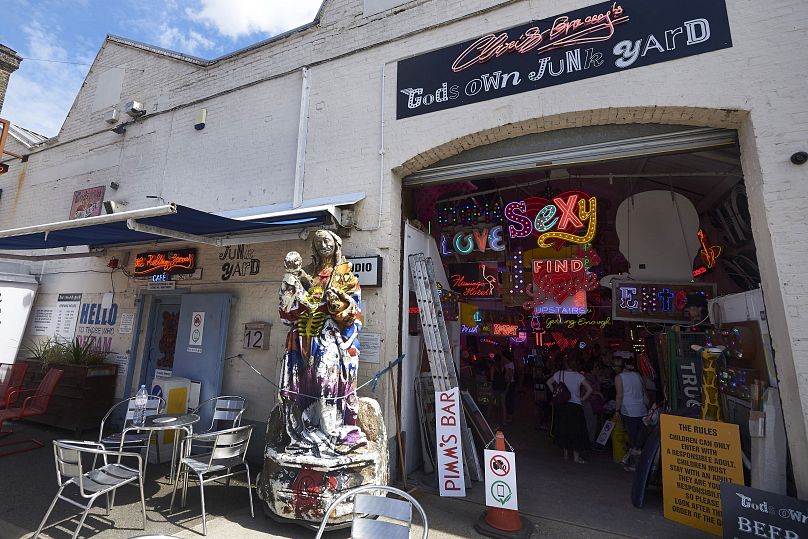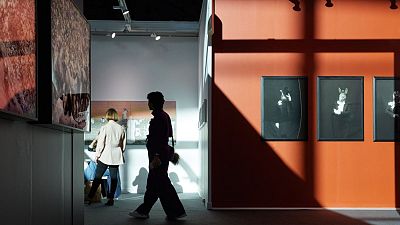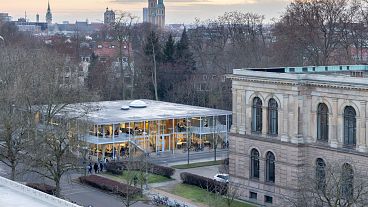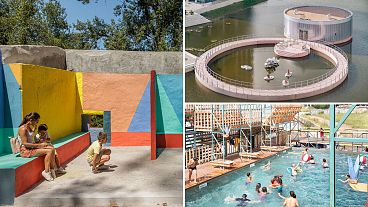Hidden behind the shutters of an unassuming East London warehouse lies Gods Own Junkyard - a magical wonderland of neon signs with a rich 70 year history.
Chances are, even if you're unfamiliar with the name 'Gods Own Junkyard,' you've undoubtedly seen their specialist neon sign creations at some point in time.
Their work can be seen in the background of iconic films including Christopher Nolan's The Dark Knight, Stanley Kubrick's Eyes Wide Shut and Angelina Jolie's Tomb Raider, or scattered along the shop windows of London's notorious Soho district.
The London-based, family-run business boasts the largest collection of neon signs and sculptures outside of the United States, all from the inconspicuous confines of a warehouse in Walthamstow.
As Gods Own Junkyard celebrates its 70th anniversary this year, we thought we'd tell the story of how this humble business evolved into one of the world's biggest players in the neon sign industry.
Lighting up the seedy streets of Soho
It all begins with Dick Bracey, a former Welsh coalminer, who was fed up with working in the dark and decided to move to London towards the end of World War II.
After a stint in the Royal Navy, he joined a neon company, where he developed his skills and began making signs for circuses and fairgrounds. Helater started his own company Electro Signs (which would later become Gods Own Junkyard)in 1952.
But it was Dick's son, Chris Bracey, who gained a reputation in the 1970s as London's go-to guy for all things neon - elevating the medium from a mere advertising tool to a genuine art form.
"He wanted to resign the whole of Soho. He walked through it every day and thought it looked drab. So it was his goal to put neon everywhere and liven everything up," Linda Bracey, who married Chris in 1973, told Euronews Culture at the Other Art Fair.
By convincing nightclub and strip club owners to replace red lights with his technicolor displays, Chris transformed the district into a vibrant, electric playground, and earned himself the title "The Neon Man".
“Neon has a soul, it lives at night creating poetry with light, promising love in Soho or hot bagels all night,” Bracey said in an interview.
One of his most iconic works was the iconic "Girls, Girls, Girls" sign gracing the outside of the Revuebar, the theatre and strip club owned by "The King of Soho", Paul Raymond.
Movies, music videos and more
The Bracey family's sphere of influence, however, soon extended far beyond the streets of London.
Following a chance encounter with the art director of Mona Lisa (the 1986 neo-noir crime film directed by Neil Jordan and starring Bob Hoskins, Michael Caine and Robbie Coltrane), Chris began making signs for movie sets.
"Chris was up a ladder one day and a guy came along and said he wanted get into one of the girly bars downstairs. But they wouldn’t let him in to film. So Chris said 'Alright I’ll get you in to do your filming if you give me work on the film'. And that was the start of our film career," Linda Bracey explains to Euronews Culture.
From here, Bracey neon works began starring alongside Harrison Ford in Blade Runner, Jack Nicholson in Batman, Tom Cruise in _Eyes Wide Shut_and Johnny Depp in Tim Burton's whimsical Charlie and the Chocolate Factory, among many others.
And then musicians came calling. Bracey lent his artistic brilliance to projects like the mesmerising neon rings that encircled Blur in their 1990 chart-topper "She's So High" and the electrifying neon backdrop that set the stage for Pulp's 1995 classic "Common People."
Bracey has also been commissioned to create signs for a number of high-profile celebrities, including Jude Law, Kate Moss and Lady Gaga.
Continuing a 70 year legacy
"The Neon Man", who died of prostate cancer in 2014, passed the torch on to his wife, Linda, and their three sons, Marcus, Matthew and Max, who all remain determined to keep the family trade alive.
Nestled within their warehouse in Walthamstow, lies a treasure trove of more than 1,500 neon pieces, ranging from movie props to vintage signs once adorning fun fairs and circuses.
“It’s amazing to be here, especially with the storms we’ve ridden,” says Marcus Bracey. “The rents have gone up, electricity has gone up, overheads have gone up.”
Visiting the warehouse has has remained free-of-charge, and Bracey says he’d like to keep it that way. He’s looking into adding solar panels to the roof to help offset the soaring energy bills.
“The way things are going in London, in the whole world, we’re going to struggle to keep this space free,” Bracey said. “It might end up being a private gallery because of the bills we’ve got to pay. But we don’t want to charge people. It’s not about charging people.”
What God’s Own Junkyard is really about, Bracey says, is offering people a space to relax and have a good time, while showing off the variety of work neon artists have created.
And for now, that future’s looking bright.
